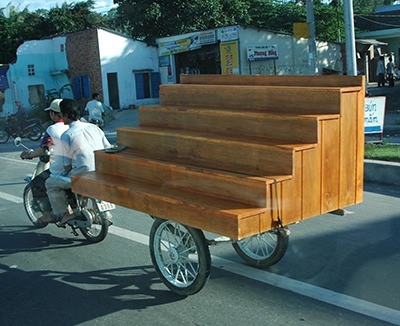by Ashutosh Jogalekar
 Once again the world faces death and destruction, and once again it asks questions. The horrific assaults by Hamas on October 7 last year and the widespread bombing by the Israeli government in Gaza raise old questions of morality, law, history and national identity. We have been here before, and if history is any sad reminder, we will undoubtedly be here again. That is all the more reason to grapple with these questions.
Once again the world faces death and destruction, and once again it asks questions. The horrific assaults by Hamas on October 7 last year and the widespread bombing by the Israeli government in Gaza raise old questions of morality, law, history and national identity. We have been here before, and if history is any sad reminder, we will undoubtedly be here again. That is all the more reason to grapple with these questions.
For me, a particularly instructive guide to doing this is Errol Morris’s brilliant 2003 film, “The Fog of War”, that focuses on former Secretary of Defense Robert McNamara’s “eleven lessons” drawn from failures of the United States in the Vietnam War. Probably my favorite documentary of all time, I find both the film and the man fascinating and the lessons timeless. McNamara at 85 is sharp as a tack and appears haunted with the weight of history and his central role in sending 58,000 American soldiers to their deaths in a small, impoverished country far away which was being bombed back into the stone age. Throughout the film he fixes the viewer with an unblinking stare, eyes often tearing up and conviction coming across. McNamara happens to be the only senior government official from any major U.S. war who has taken responsibility for his actions and – what is much more important than offering a simple mea culpa and moving on – gone into great details into the mistakes he and his colleagues made and what future generations can learn from them (in stark contrast, Morris’s similar film about Donald Rumsfeld is infuriating because unlike McNamara, Rumsfeld appears completely self-deluded and totally incapable of introspection).
For me McNamara’s lessons which are drawn from both World War 2 and Vietnam are uncannily applicable to the Israel-Palestine conflict, not so much for any answers they provide but for the soul-searching questions which must be asked. Here are the eleven lessons, and while all are important I will focus on a select few because I believe they are particularly relevant to the present war. Read more »

